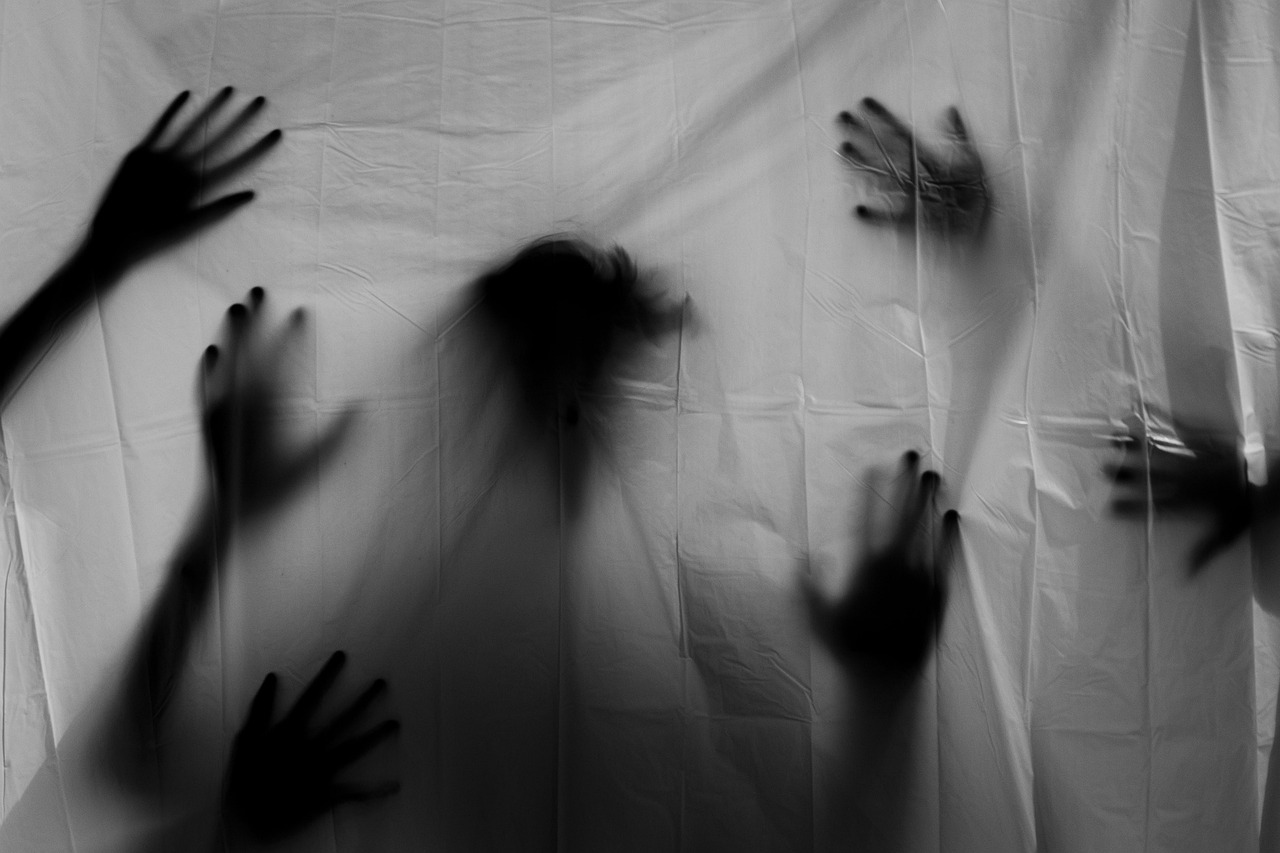Category: Reviews
-

Searching for Meaning in House of Craving
in
In the larp House of Craving, there is untapped potential for more multi-faceted work, more comprehensive immersion that would not sacrifice meaning on the altar of sensation.
-

Review of Larp Design: Creating Role-Play Experiences
in
The gorgeous and impressive Larp Design book is a collection of practical and useful essays for beginners as well as experienced designers.
-

A Refreshing Take on Larp in Film: Review of Treasure Trapped
in
Treasure Trapped (2014), directed by Alex Taylor, is a documentary about larp made by the UK company Cosmic Joke. In a short article in the Wyrd Con Companion Book 2012, the filmmakers describe the background of the film’s journey. The movie started as an exploration of modern day fantasy larp in the UK and its